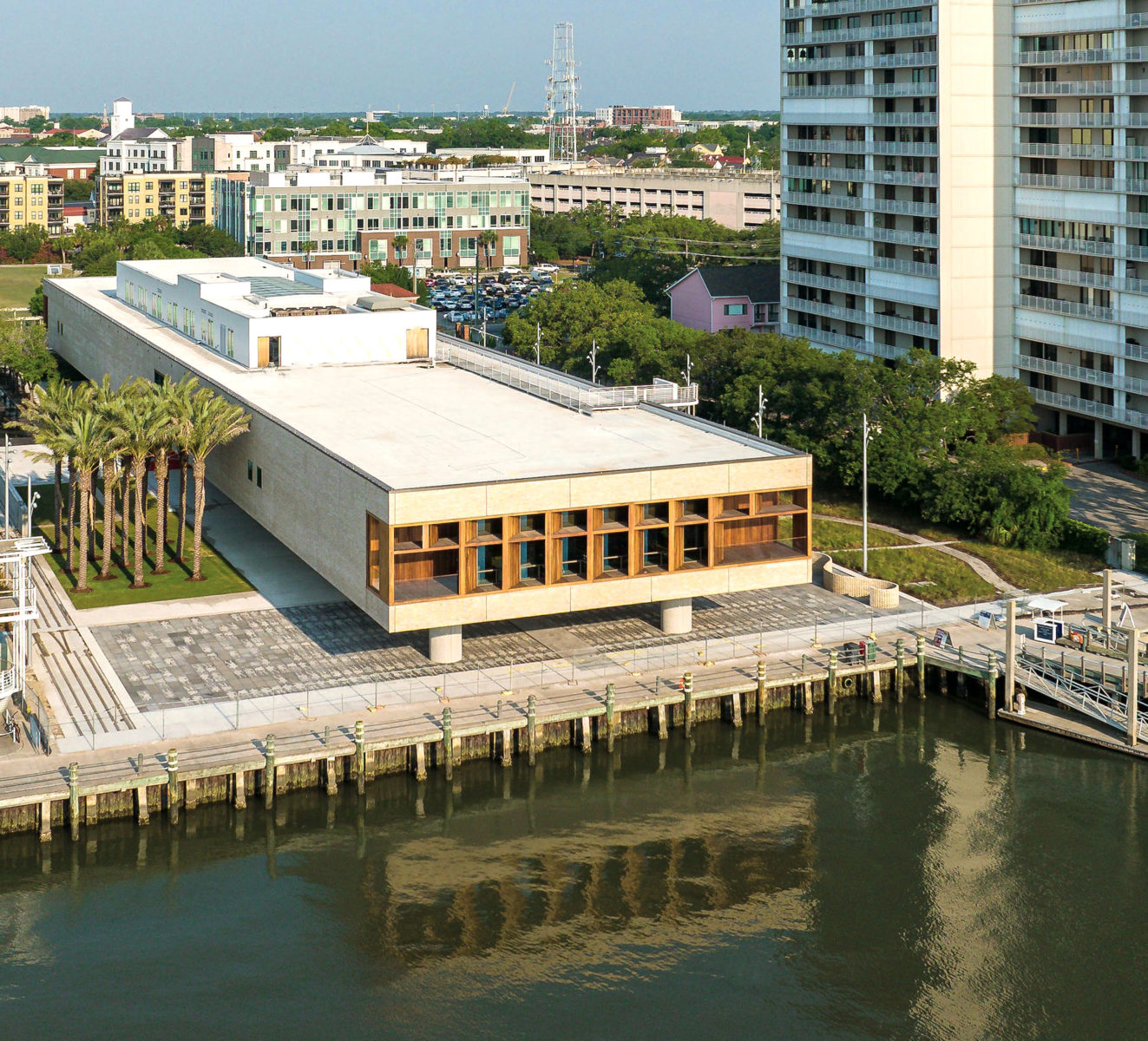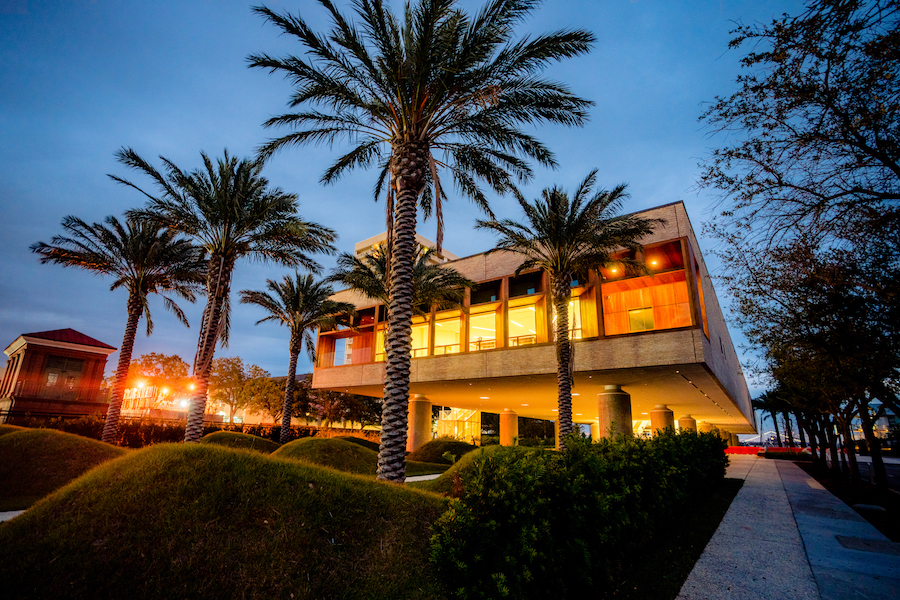The Telegraph: Charleston: a garden lover’s guide to this historic US city

You won’t need to travel far this summer to get a sense of the southern port city of Charleston. Explore Charleston’s show garden at the RHS Hampton Court Palace Garden Festival in July is designed to capture the beauty, elegance and diverse landscapes of the charming port city, where sultry, subtropical marshes, grasses and waterways collide with the grand formality of colonial England.
The garden design nods to Charleston’s deeply rooted historical connection to the UK – originally named Charles Towne after King Charles II – through its traditional courtyard-style garden arranged around an antique cast-iron fountain. History is the bedrock of Charleston, but nature is what makes her bloom. Once you’ve stepped into this pocket of the South, you’ll have a taste for more. Read on to take a tour of the South Carolina stunner…
A green and verdant city
Downtown Charleston is located on the peninsula and is criss-crossed by waterways, with Cooper River to the east and Ashley River to the west, both of which run towards Charleston’s pretty harbour. The humidity and sunshine ensure beautiful flowers and foliage are on display the entire year, and the city is bursting with palmettos, strongly scented magnolias and crape myrtles, as well as Spanish moss that drapes down from centuries-old live oaks.
The historic downtown neighbourhoods are known for their pastel-painted homes and handsome wrought-iron gates; even the architecture lends itself to greenery, as Charleston’s leaning piazzas (Italian for ‘open spaces’, such as porches or verandas) are perfect for climbers and hanging baskets.
Discover culture
Visitors will likely spend time in the French Quarter, the Historic District of King Street and the South of Broad neighbourhoods, but there are many reasons to venture to Gadsden’s Wharf which opened in 2023, after two decades of planning: prime among them is the International African American Museum. This expansive new museum that chronicles the history of the 40 percent of enslaved Africans who were brought to North America through Charleston Harbour. With its museum and African Ancestors Memorial Garden, this poignant site honours these people and explores the African American experience.
Link to The Telegraph here to keep reading.



